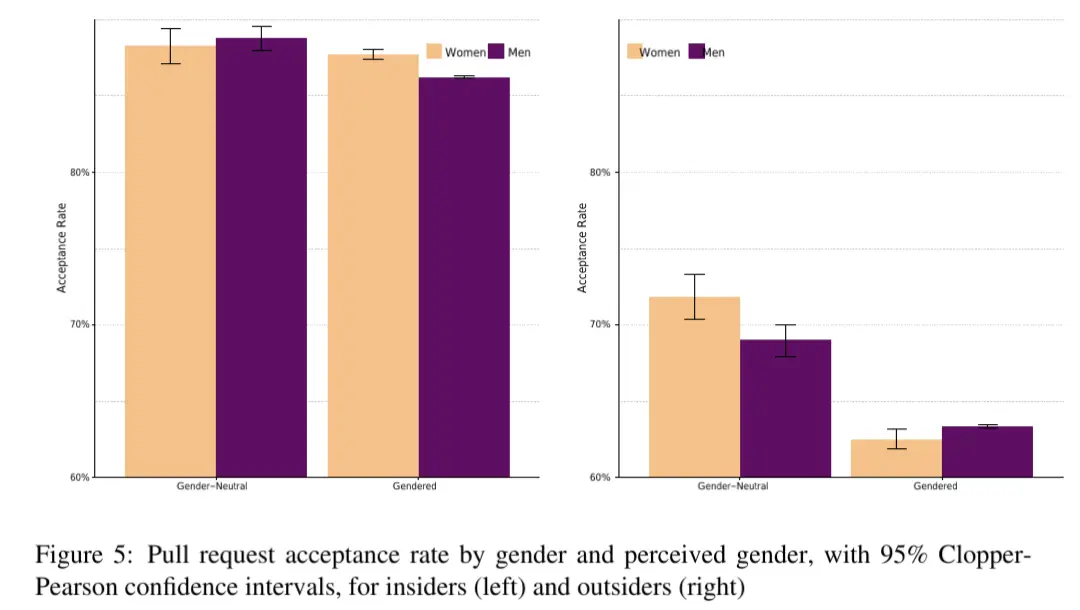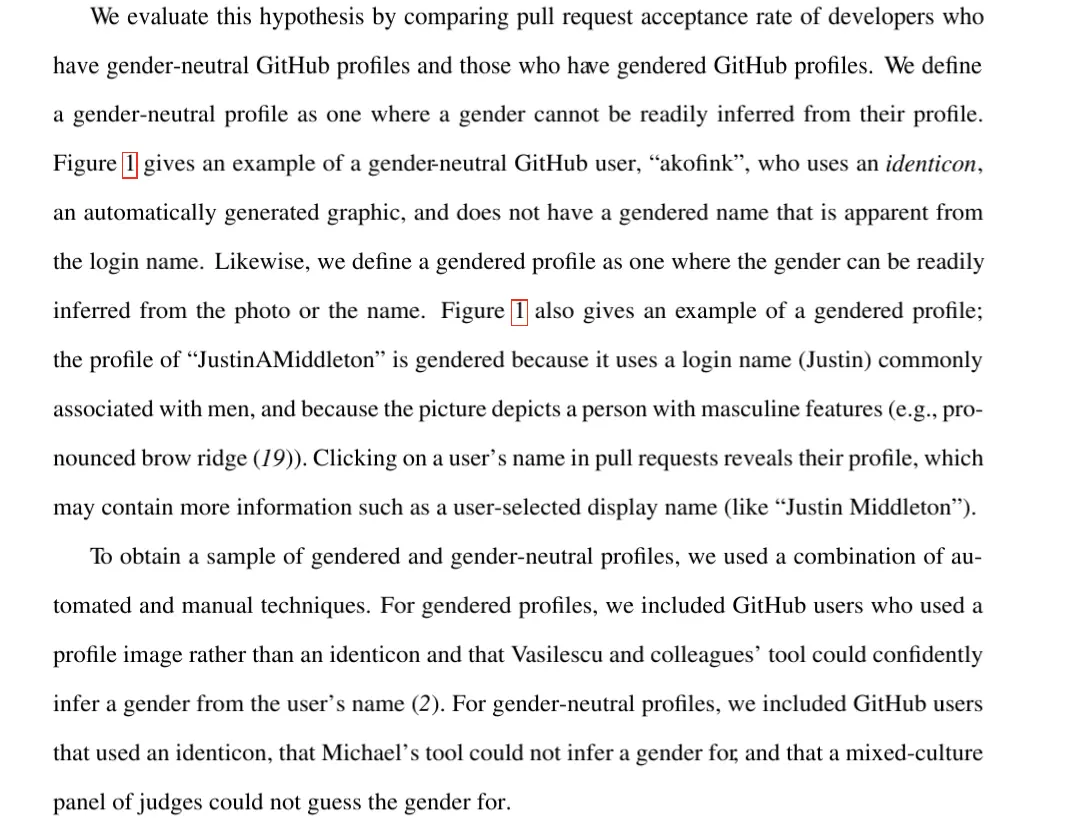

Sorry, you’re completely right. It’s 32 in Germany as well.


Sorry, you’re completely right. It’s 32 in Germany as well.


In case you own a lot of devices with remotes, you might transform it into a universal remote with an USB C IR dongle. Wouldn’t be my first choice as you’d still need to recharge it so often but I read of such projects.
Alternatively, you could give it to children for gaming and watching videos. Children are anyway mostly on WiFi and if you equip it with some emulators and ROMs they’ll have tons of funny games without all of these toxic in-app purchases, ads and casino mechanisms.


From my perspective that’s the best part of it. I don’t ever drink coffee and only once or twice a year - if I’m going on a long road trip - I drink one energy drink. As far as I know they have a much lower dose in Europe (32 mg caffeine per 100 ml drink) compared to the US but still it has an immense effect to keep me awake etc.


I think FreeCad is a great tool once you overcame the initial issues. I think it’s not as user friendly as commercial tools but I think that’s a general issue with smaller projects that don’t have billions of funding.
If you want to support a FOSS alternative, you could engage to make FreeCad better. Make tutorials, report bugs, update the documentation, help with translations, help users on the cmvarious forums and platforms or simply throw in a few bugs for the developers. :)
“Kontact” as a mixture of German “Kontakt” and English “contact”
Then, a link to the debian homepage.
The firewall toggle via desktop icons.
Change admin password.
Manual antivirus.
Zip drive and floppy disk.
Then Open Office.
That’s a wild set of shortcuts on that desktop! :D
I really love both ketchup effects here:D


I use Mull on Android and so far I’m satisfied with it.


It’s still there and playable. I read that NCsoft is currently in some financial trouble so if you want to give it another try, better start sooner than later. ;)


Guild Wars 1


In case you haven’t done that already, also check out YouTube. I’m often suprised how much copyrighted documentaries are available there.


Amazing video which must have caused a huge amount of preparation work. Thanks for sharing!
Then he might not understand that it was on purpose. Get one for 50, have dinner there yourself for around 45 and give him the card with the few residual bucks.
As far as I know there is no plan to phase out Manifest V2 at Mozilla. As long as V2 and V3 are active in parallel it shouldn’t have a negative Impact on adblockers etc.
If you’re browsing ‘all’ without any filters there’s still a good portion of porn and porn-like content that’s objectfying and thus probably repelling women.


The study differentiates between male and female only and purely based on physical features such as eye brows, mustache etc.
I agree you can’t see one’s gender but I would say for the study this can be ignored. If you want to measure a bias (‘women code better/worse than men’), it only matters what people believe to see. So if a person looks rather male than female for a majority of GitHub users, it can be counted as male in the statistics. Even if they have the opposite sex, are non-binary or indentify as something else, it shouldn’t impact one’s bias.


Thanks for pointing that out.
Seems like a wild idea as… a) it poisons the data not only for AI but also real users like me (I swear I’m not a bot :D). b) if this approach is used more widely, AIs will learn very fast to identify and ignore such non-sense links and probably much faster than real humans.
It sounds like a similar concept as captchas which annoy real people, yet fail to block out bots.


Thank you. Unfortunately, your link doesn’t work either - it just leads to the creative commons information). Maybe it’s an issue with Firefox Mobile and Adblockers. I’ll check it out later on a PC.


Anyone found the specific numbers of acceptance rate with in comparison to no knowledge of the gender?
On researchgate I only found the abstract and a chart that doesn’t indicate exactly which numbers are shown.
edit:

Interesting for me is that not only women but also men had significantly lower accepance rates once their gender was disclosed. So either we as humans have a really strange bias here or non binary coders are the only ones trusted.
edit²:

I’m not sure if I like the method of disclosing people’s gender here. Gendered profiles had their full name as their user name and/or a photography as their profile picture that indicates a gender.
So it’s not only a gendered VS. non-gendered but also a anonymous VS. indentified individual comparison.
And apparantly we trust people more if we know more about their skills (insiders rank way higher than outsiders) and less about the person behind (pseudonym VS. name/photography).
I also use posteo for four or five years now. Really happy and never had any issues so far.